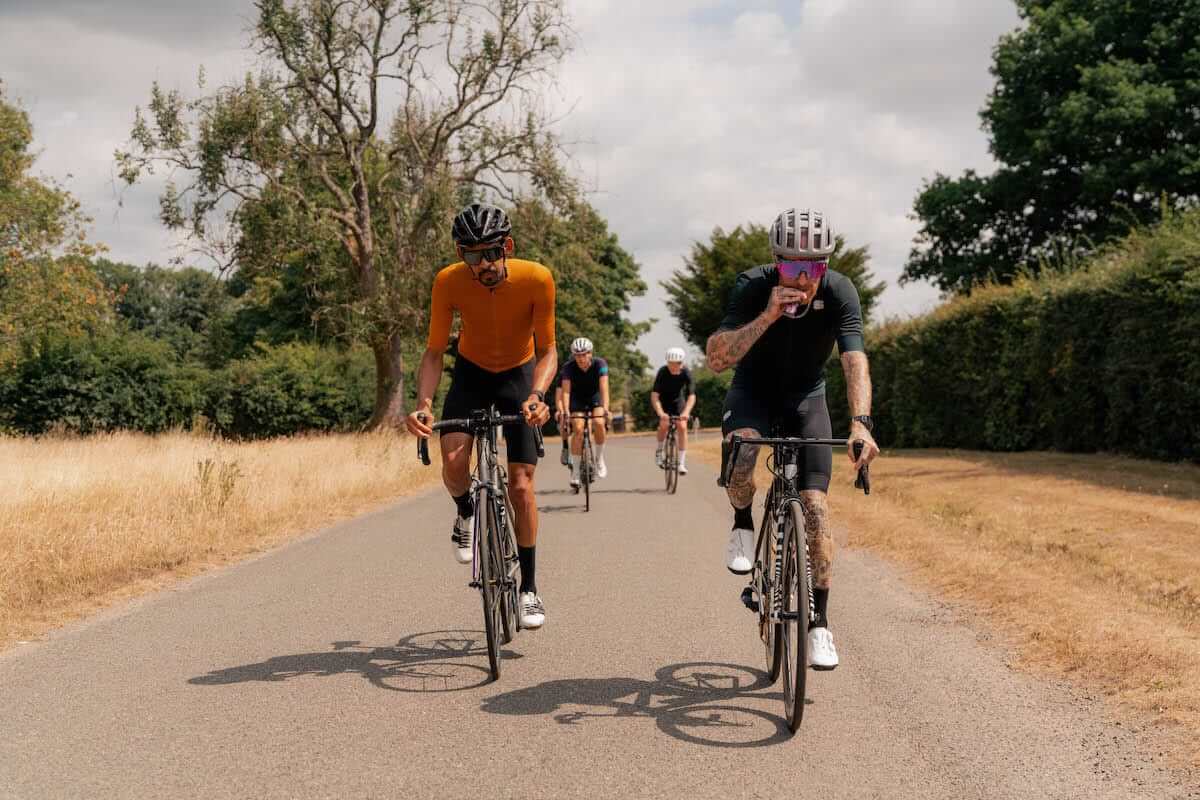Long-distance cycling sounds pretty enticing. However, on your first attempt, it’s normal to run out of energy pretty soon and even feel sore all over. These challenges may even make you question your passion for the sport!
However, that’s no reason to give up. So, follow these few tips to train yourself and improve your endurance!
1. Fine-Tune Your Pedaling Speed
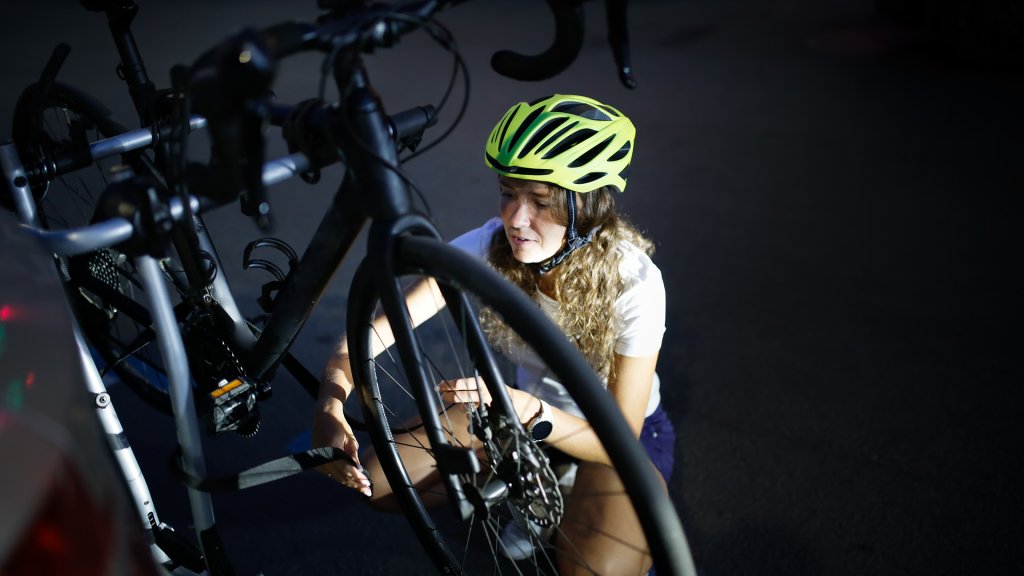
Don’t pick speed right from the beginning to ensure you can keep riding for a long time. Don’t pedal too hard, or your legs will get sore and numb soon.
Go for a bit easier gear, along with a high cadence. Avoid lower cadence as the pedal becomes difficult to turn then. Maintain a cadence of around 90 rpm. This helps your muscles take a break.
2. Wear the Right Gear
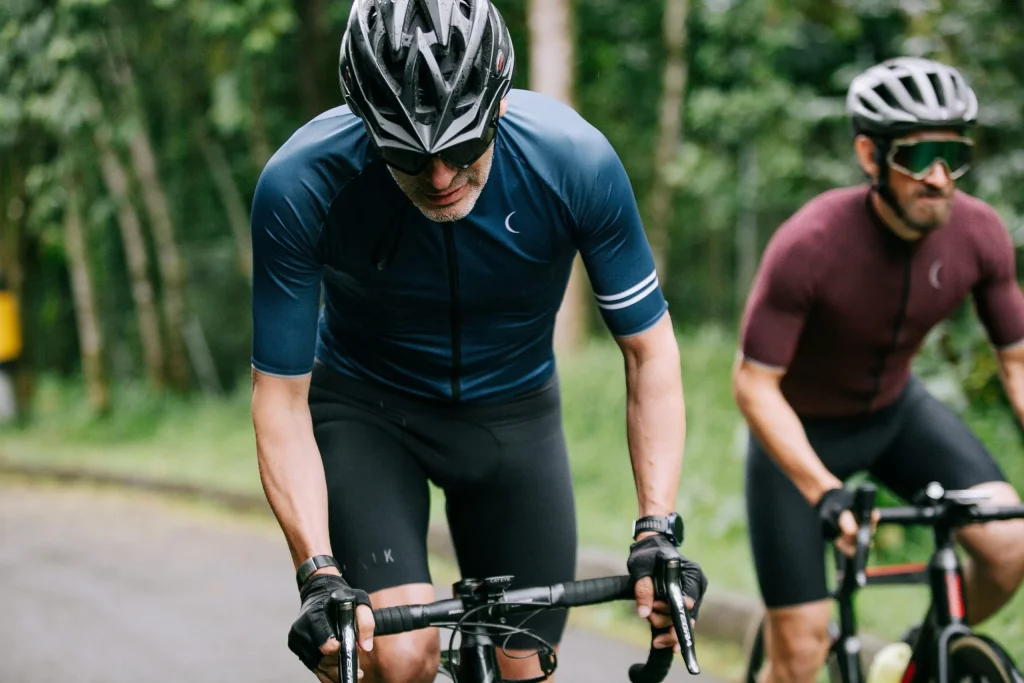
The right gear and outfit can help you ride longer. For instance, Shop Cycling Bib Shorts that provide comfort, style, and great endurance. Opt for one with high-performance materials to ensure a long ride. These are better than regular shorts as they snugly fit your legs and avoid chafing.
You must also get weather-resistant jerseys and vests that fit you well and keep the moisture away. Choose ones that come with pockets to carry simple tools. Look up a good pair of cycling shoes, eyewear, and gloves.
Remember, you don’t need to go for big brands. Especially if you’re just starting, get quality gear from affordable brands to make the best of your investment.
3. Stay Hydrated and Well-Fed

Hydration and nutrition are also important to help you last long on the biking trails. Depending on the heat, humidity, and exhaustion, drink enough water. You don’t need to mix electrolytes or other additives in your water.
Have a small bite every 15-25 minutes while you’re out. If you are out for around 2 hours, take a big break and have a proper snack. Having a high-carb meal before you set off for the ride is best. Never wait until you feel hungry, as that shows your body will tire quickly.
4. Avoid Getting Sore
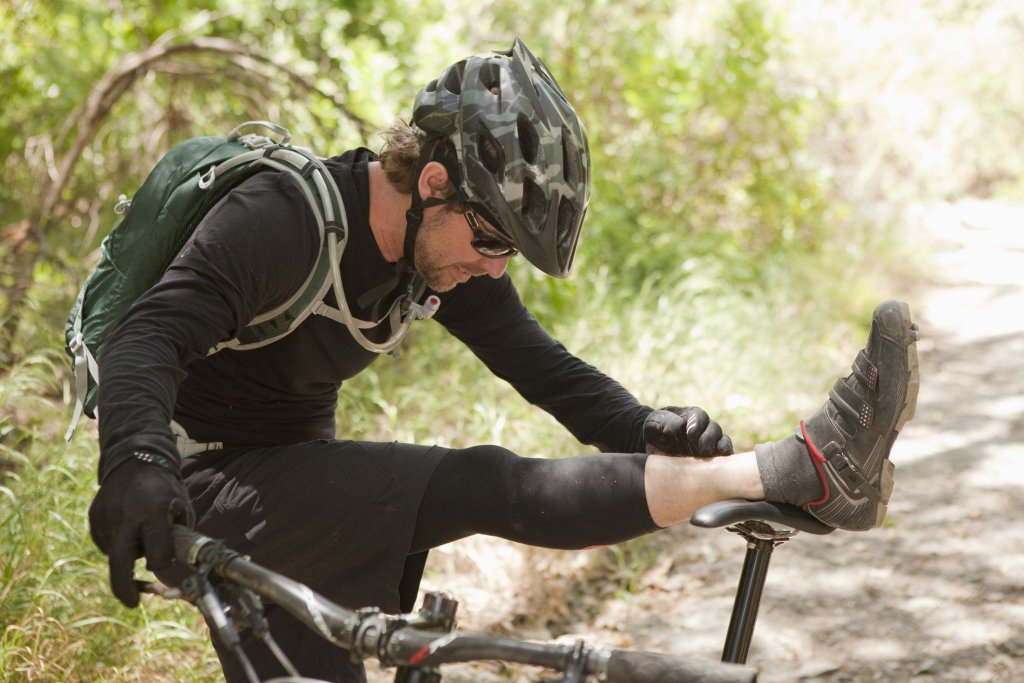
Most beginners think that long-distance cycling is equivalent to soreness. However, you can prevent it with some slight changes.
For instance, shrug your neck and shoulder for 5-10 seconds whenever these areas feel stiff. Change your hand positions occasionally, but keep your thumbs around the bar for safety.
Whenever the road is clear and if you’re good at handling your bike with one hand, try to reach between your shoulder blades with one hand. Then, do the same with the other hand.
While cycling, stand on one pedal to stretch your leg out for 20 seconds. Make sure your heel sags a bit. Do it again with the other leg.
5. Carry a Toolbox
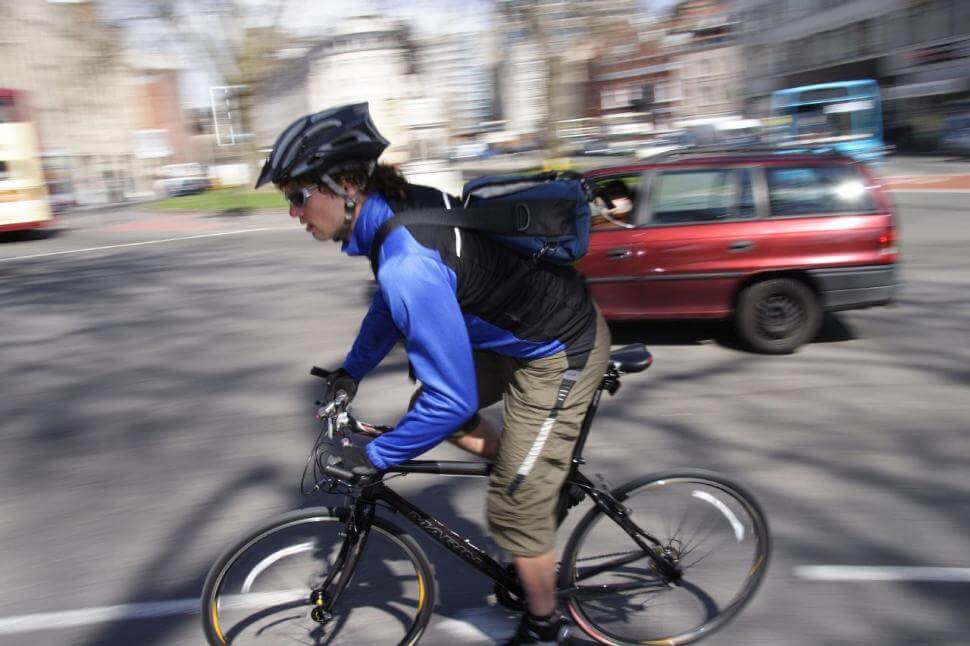
During long-distance cycling, you’re more likely to face malfunctions. So, always be prepared with an all-in-one compact toolbox.
The global bicycle maintenance product market was evaluated at $1.3 billion in 2021 and is estimated to grow to $2.1 billion by 2031. It’s easy to get confused among the range of products.
However, you must only have enough gear to fix two flat tires, Allen keys, tire levers, and multitool. You must also have a fully charged smartphone, one ID, and some cash on you.
6. Break the Ride Into Sections
Long rides can seem overwhelming to even experts – especially on days they don’t feel like it.
So, to stay energized and motivate yourself, break your journey into three equal distances. During the first segment, ride in easy mode. During the second segment, you’ll feel energized and pull speed. In the last segment, you can again pick speed if you feel energized or take it slow.
This will prevent you from feeling spent too soon. At every stop, try to understand how your body feels and whether you need to adjust anything. Make changes accordingly.
7. Choose the Right Route
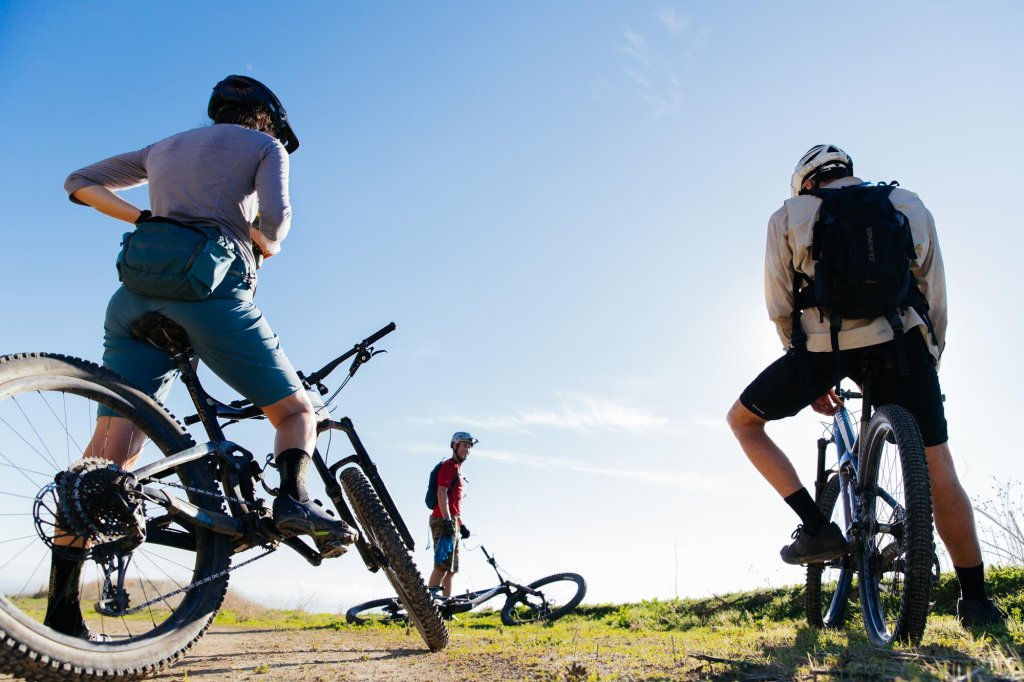
Lastly, an enjoyable ride depends a lot on the weather and roads. So, check the weather forecast and choose the route accordingly. Begin the ride facing the headwind when you’re energized.
During your return trip, choose a route with a tailwind. Avoid routes with any headwind for the best experience, if possible, as it slows you down.
Conclusion
Long-distance cycling can be pretty fun with the right strategy, planning, and enough training. So, embrace these tips and notice a major difference in your upcoming rides!

